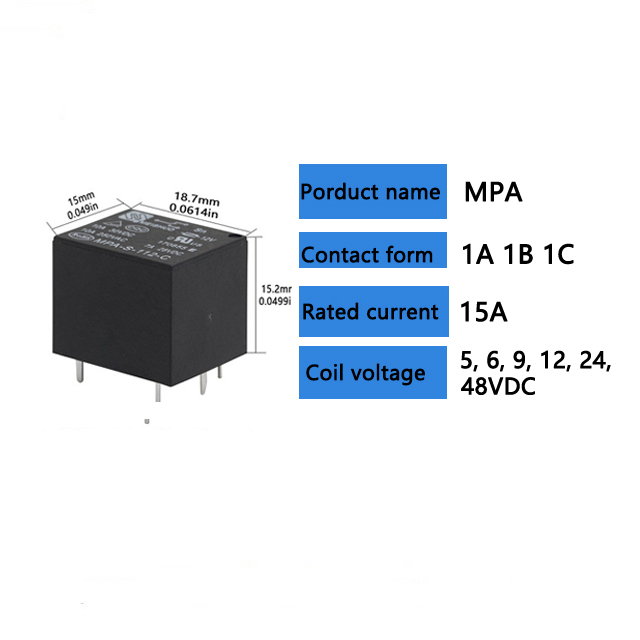In the evolving landscape of wireless communication systems, one of the key challenges has always been ensuring efficient data transmission over long distances. A promising solution to this challenge is Relay Selection, a technique that involves selecting an intermediary node, called a relay, to forward data between a source and a destination. This technique can significantly enhance the performance of communication systems, especially in environments where direct transmission faces limitations such as signal attenuation, interference, or long distances. In this article, we will explore the concept of relay selection, its mechanisms, applications, and the benefits it brings to wireless networks.

What is Relay Selection? Relay selection is a process used in wireless communication where a relay node is chosen to help forward data from the source to the destination, instead of relying solely on direct transmission. This approach is particularly useful in multi-hop communication networks, where data packets are passed through intermediate nodes before reaching their final destination. The core idea behind relay selection is to select the most suitable relay node that can enhance the quality of the communication link, whether through better signal strength, lower interference, or optimized routing paths.